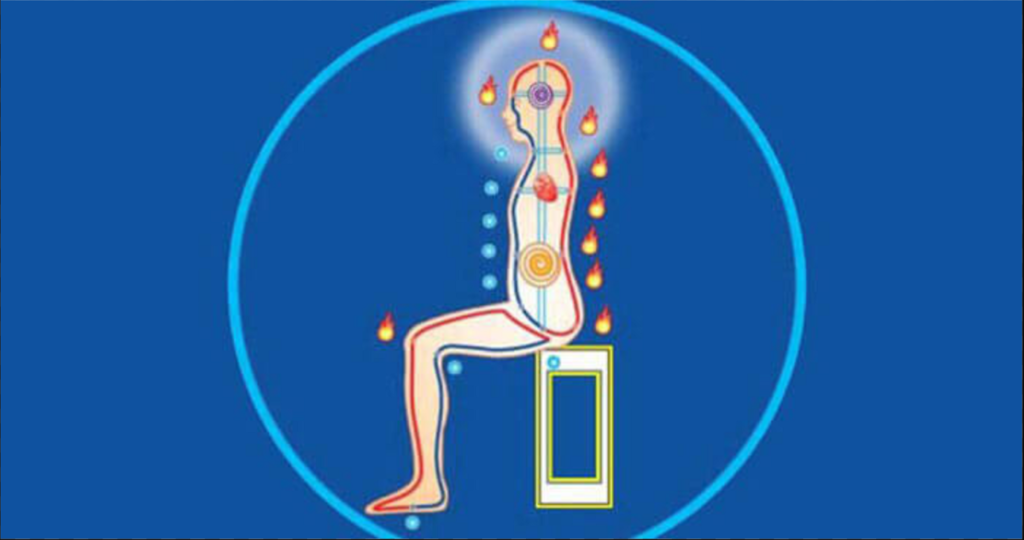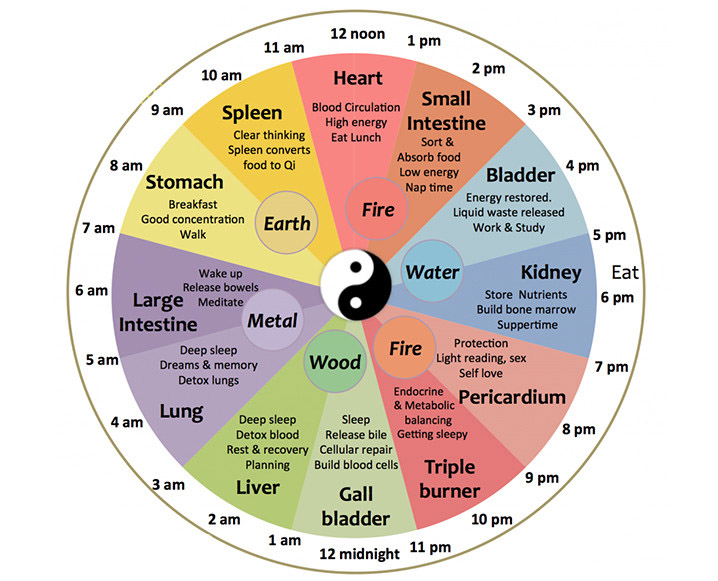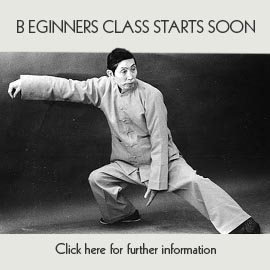
The Macrocosmic Orbit )MO) seems like a terrifically new age term for a traditional concept so vital to Internal martial arts.
The concept is so key to moving from external to internal development in Tai Chi, and is intrinsic to utilizing the power generated to perform the martial side, and help galvanise health too. The idea is that the front and the back of the body have a directional flow which with practice creates the whole body movement we do to perform forms and partner work.
In simple terms we follow the downward movement from the head down to the feet with a sinking feeling inside the body for yielding postures, and upward rising feeling on the back of the body ( from the feet back to the head) for discharging and attacking movements.
As explained in previous articles this wave like movement is referred to as the circulation of qi through the body. Again, the definition of qi is wildly debated in and outside martial arts systems and in medicine too, but if we consider qi to be the finite potential energy to mobilise, regenerate and heal the body’s level of health thn maybe it has some credence. In Chinese Medicine bodily qi circulates through the 12 main meridians which have a specific function to enliven and maintain good health to all the main organs in the body. As a qigong the circulation though the MO is good for health both whilst static and when mobilised too.
From an internal martial perspective it does more than this though. The long sinking and rising motions on the body are the circling dynamic which mobilises the body though the form and push hands. We can even forget the concept of qi and consider that these long descending and ascending waves are merely sequential relaxation of muscles and firing of neurons to create the balanced state exemplified in Yang Cheng-fu’s 10 Essential points of tai Chi “Stillness within movement, and movement within stillness”. With this idea we can consider the release of muscular tension as Yin and the firing of neurons as Yang.
So with this idea, and the route covering head to toe on the front and back of the body, we can start to understand from a qi gong point of view that we are subtly creating polar opposites all over the body in a long continuous repetition.
In making our Tai Chi correct we persevere by ironing out key areas of the body to open them and release blockages. These can be from poor body habits in posture, past injuries and also in trying to reduce the effects of congenital obstacles.
After a period of time of consistent practice the upward and downward waves of subtle flow become more obvious and significant, like any other product of habit. Even we have freed the muscular body of tension and blockages the MO can consistently present itself day and night. We can also train the flow through the pathway by using Yi (mind intent). Whichever method is used i.e. breath work, mind work (meditation) or posture work (posture correction) the end result is the same, a clear unending circulation that like a conveyor belt sinks down the front and naturally ascends up the back.
Breath work – by even and natural breathing and expanding the lungs and diaphragm and upward and downward motion can be felt clearly on the trunk of the body and back to synchronise the polar directions.
Mind work – through unbroken concentration the mind can traverse the route and help excite activity along the areas through the muscles and even influence blood circulation through them too.
Posture work – by working on correct posture and alignment we can automatically create the right internal and external environment to maximise relaxation and minimise positions that create tension.
One can practice just one of these methods to assist the MO in releasing blockages and tensions that uphold, or even, retard the opening of the body from head to toe. Eventually, through consistent and repetitive practice, you will find the other two methods will align and conflate with the others to create a holistic combination. Taoist refer to this as the “true breath”, where natural breathing, circulation and the Yi all combine together and unify. Then the waves of movement quite easily circulate up and down from head to toe along with the breath and the mind in unison.
In conclusion, the MO is a target to reach in of Tai Chi experience as it draws together the culmination of mind, breath and posture to the point where they are a habit. We practice the method, it amplifies to a tangible level and then we merely observe it in its natural function to continue.
Once the MO feels clear and active in our practice we will have already to register our Tai Chi has advanced to higher levels of proficiency, and increased benefits.


